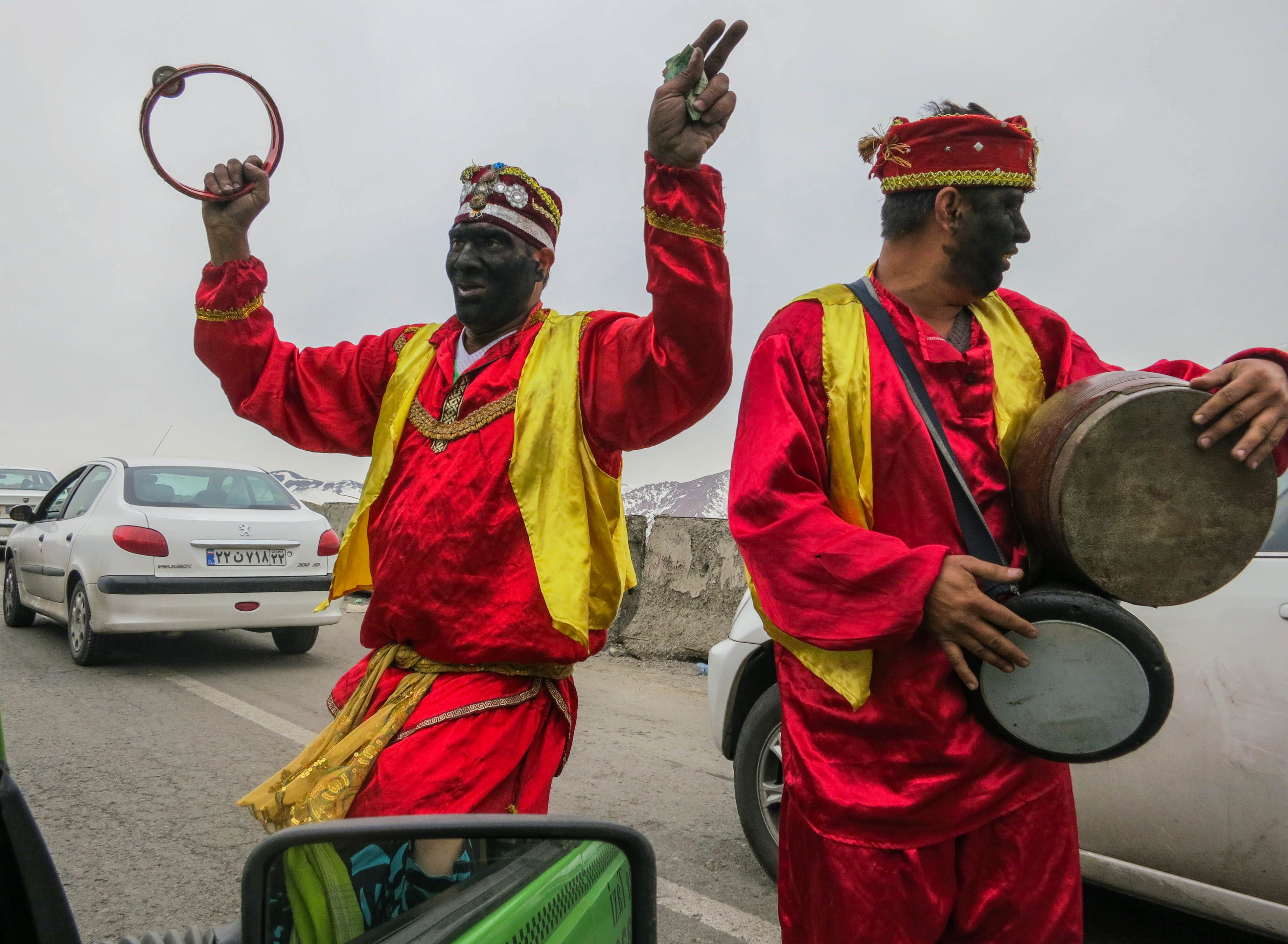Customs
Customary culture is remembered enactment, i.e. re-enactment. It is the patterns of expected behavior within a group, the "traditional and expected way of doing things". A custom can be a single gesture, such as thumbs down or a handshake. It can also be a complex interaction of multiple folk customs and artifacts as seen in a child's birthday party, including verbal lore (Happy Birthday song), material lore (presents and a birthday cake), special games (Musical chairs) and individual customs (making a wish as you blow out the candles). Each of these is a folklore artifact in its own right, potentially worthy of investigation and cultural analysis. Together they combine to build the custom of a birthday party celebration, a scripted combination of multiple artifacts which have meaning within their social group.
Folklorists divide customs into several different categories. A custom can be a seasonal celebration, such as Thanksgiving or New Year's. It can be a life cycle celebration for an individual, such as baptism, birthday or wedding. A custom can also mark a community festival or event; examples of this are Carnival in Cologne or Mardi Gras in New Orleans. This category also includes the Smithsonian Folklife Festival celebrated each summer on the Mall in Washington, DC. A fourth category includes customs related to folk beliefs. Walking under a ladder is just one of many symbols considered unlucky. Occupational groups tend to have a rich history of customs related to their life and work, so the traditions of sailors or lumberjacks. The area of ecclesiastical folklore, which includes modes of worship not sanctioned by the established church tends to be so large and complex that it is usually treated as a specialized area of folk customs; it requires considerable expertise in standard church ritual in order to adequately interpret folk customs and beliefs that originated in official church practice.
Customary folklore is always a performance, be it a single gesture or a complex of scripted customs, and participating in the custom, either as performer or audience, signifies acknowledgment of that social group. Some customary behavior is intended to be performed and understood only within the group itself, so the handkerchief code sometimes used in the gay community or the initiation rituals of the Freemasons. Other customs are designed specifically to represent a social group to outsiders, those who do not belong to this group. The St. Patrick's Day Parade in New York and in other communities across the continent is a single example of an ethnic group parading their separateness (differential behavior), and encouraging Americans of all stripes to show alliance to this colorful ethnic group.
These festivals and parades, with a target audience of people who do not belong to the social group, intersect with the interests and mission of public folklorists, who are engaged in the documentation, preservation, and presentation of traditional forms of folklife. With a swell in popular interest in folk traditions, these community celebrations are becoming more numerous throughout the western world. While ostensibly parading the diversity of their community, economic groups have discovered that these folk parades and festivals are good for business. All shades of people are out on the streets, eating, drinking and spending. This attracts support not only from the business community, but also from federal and state organizations for these local street parties. Paradoxically, in parading diversity within the community, these events have come to authenticate true community, where business interests ally with the varied (folk) social groups to promote the interests of the community as a whole.
This is just a small sampling of types and examples of customary lore.
- Amish
- Barn raising
- Birthday
- Cakewalk
- Cat's cradle
- Chaharshanbe Suri
- Christmas
- Crossed fingers
- Folk dance
- Folk drama
- Folk medicine
- Giving the finger
- Halloween
- Hoodening
- Gestures
- Groundhog Day
- Louisiana Creole people
- Mime
- Native Hawaiians
- Ouiji board
- Powwows
- Practical jokes
- Saint John's Eve
- Shakers
- Symbols
- Thanksgiving
- Thumbs down
- Trick or Treating
- Yo-yos


